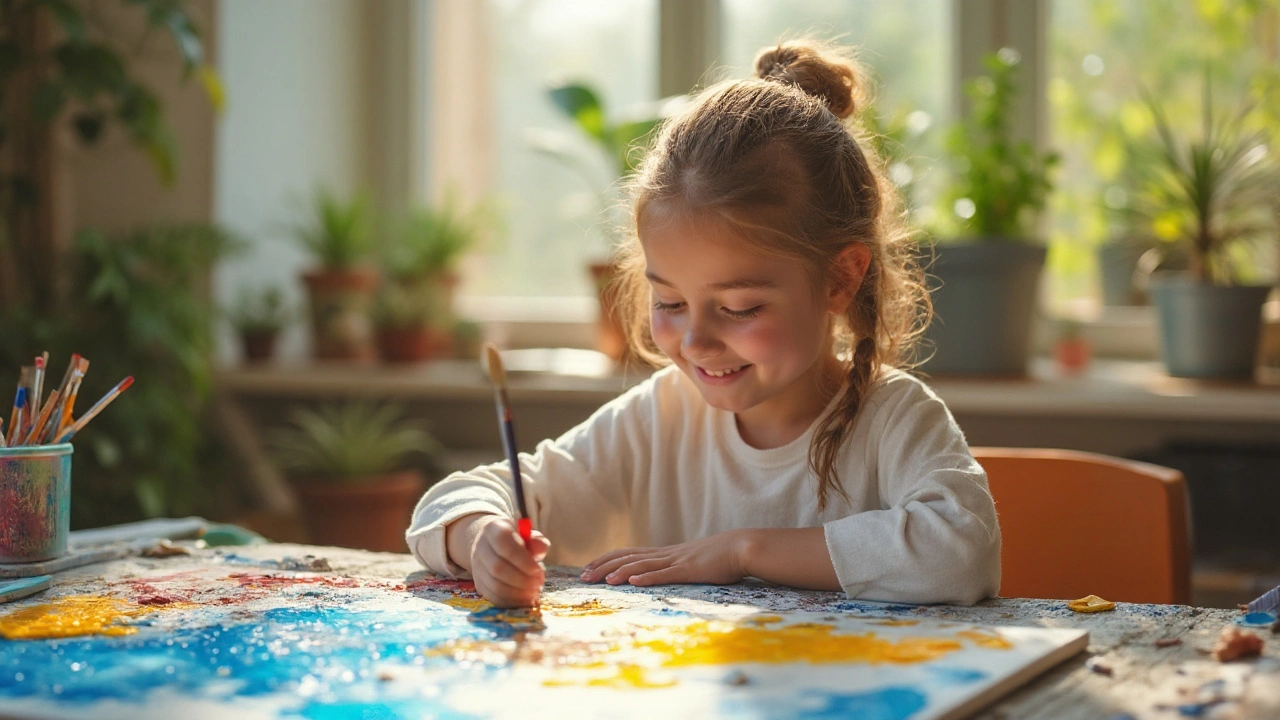Art Therapy: What It Is and Why It Works
Ever feel stuck, anxious, or just plain tired? Picking up a brush, a pencil, or even some clay can shake that feeling loose. That’s the core idea behind art therapy – using creative expression to help the brain relax, process emotions, and find new perspectives.
At SES‑CAB we focus on evidence‑based approaches, and research shows that art‑based activities can lower cortisol, improve mood, and even support physical recovery. The science is simple: when you create, you engage multiple parts of the brain at once, which distracts from stress and opens up a pathway for emotional release.
Benefits You Can Feel
First, art therapy cuts stress. A quick doodle or a splash of color can bring the heart rate down in minutes, much like a short walk. Second, it helps with anxiety. By turning vague worries into shapes or words, you give them a form you can look at and manage.
Third, it boosts confidence. Finishing a piece, even a small sketch, gives a sense of accomplishment that spills over into daily tasks. Fourth, it supports memory and focus. Projects that require planning – like a collage – train the brain to stay on track.
Finally, art therapy can aid physical healing. Studies on patients recovering from surgery report less pain and faster rehab when they engage in guided drawing or painting sessions.
Getting Started at Home
You don’t need fancy supplies. A plain notebook, a set of colored pencils, or even a kitchen roll of paper works fine. Choose a quiet spot, set a timer for 15‑20 minutes, and let yourself create without judging the result.
Try these simple steps:
- Pick a feeling you want to explore – stress, joy, grief.
- Choose colors or shapes that match that feeling.
- Start drawing, painting, or molding. Don’t aim for perfection; just move your hand.
- When the timer ends, step back. Notice any changes in your mood or thoughts.
If you want more structure, look for guided sessions online or ask a therapist who uses art as a tool. Many community centers offer drop‑in art‑therapy workshops that follow the same evidence‑based principles we share at SES‑CAB.
Remember, the goal isn’t to become an artist. It’s to give your mind a safe space to express, release, and reset. So grab that pen, splash some paint, and watch how a few minutes of creative play can lift your day.
How Art Therapy Boosts Life for People with ADHD
- Cheryl Moran
- August 6, 2025
- 12 Comments
Discover how art therapy helps individuals with ADHD improve focus, emotional regulation, and self‑esteem through creative expression and evidence‑based practices.
read more